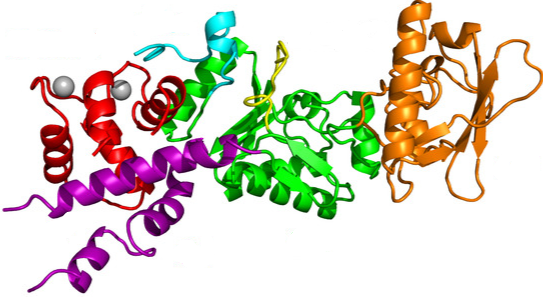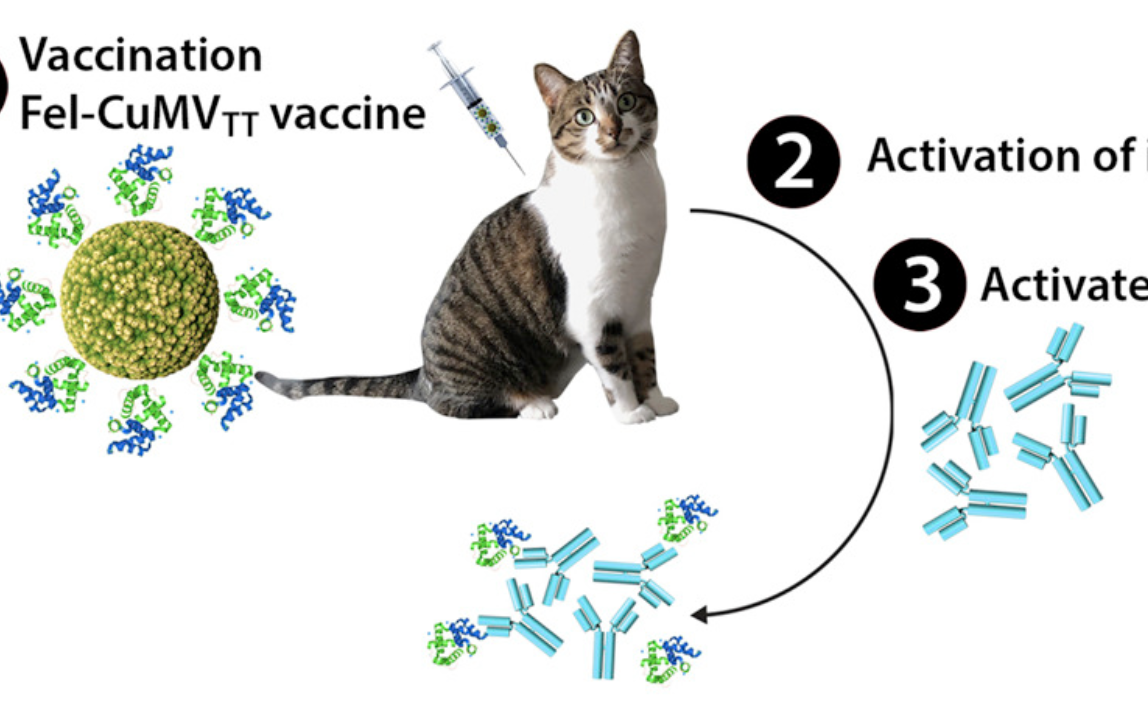Key features and details | |
Cat. No. | MABL-357 |
Name | Anti-Adenylate Cyclase toxin mAbs |
Clone No. | AFD- 3D1 |
From | Recombinant Antibody |
Isotype | Engineer antibody |
Application | IP, neutralising/inihibition assays, WB, ELISA, FC |
Species Reactivity | Bordetella pertussis |
Basic Information | |
Specificity | This antibody was generated against Bordetella pertussis adenylate cyclase toxin and recognizes the distal portion of the catalytic domain (amino acids 373-399). Adenylate cyclase toxin (ACT or Cya A) is one of several virulence factors produced by the bacterium Bordetella pertussis. This toxin invades eukaryotic cells and catalyzes the conversion of ATP into cyclic AMP (cAMP). This leads to inhibition of host cell immune function and macrophage death by apoptosis. The adenylate cyclase protein is composed of a catalytic domain (amino acids 1 to 400), a hydrophobic region (amino acids 500 to 700), a glycine/aspartate-rich repeat unit (amino acids 1000 to 1600), and the C-terminal domain (amino acids 1600-1706). |
Alternative Name | Adenylyl Cyclase Toxin; Adenyl Cyclase toxin; ACT; Cya A; Bordetella pertussis Toxin; CyaA; ADCY Tox |
UniProt | C8C508 |
Immunogen | This antibody was generated in mouse against Bordetella pertussis adenylate cyclase toxin and recognizes the distal portion of the catalytic domain (amino acids 373-399). |
Application Notes | In the original study, this antibody was used in conjuction with other 11 mAbs to perform epitope mapping against Bordetella pertussis adenylate cyclase toxin, and to evaluate the roles of these epitopes on toxin function (Lee et al., 1999). This antibody has also been used in various application, such as ELISA, FACS, Western Blotting and inhibition/neutralising assays. Example of functional studies in which this antibody could be utilised include those conducted by Weingart et al. (Infect Immun. 2000) to demonstrate that adenylate cyclase toxin inhibits both Fc receptor-mediated attachment and phagocytosis of B. pertussis by neutrophils, by Martín et al. (Sci Rep. 2015) to delineate the mechanism by which adenylate cyclase toxin promotes bacterial internalisation into non phagocytic cells, and by Finley et al. (PLoS Biol. 2018) to review how an adenylate cyclase toxin uses bait and switch tactics in its activation. |
Antibody First Published | Lee et al. Epitope Mapping of Monoclonal Antibodies against Bordetella pertussis Adenylate Cyclase Toxin. Infect Immun. 67(5): 2090-5 (1999). PMID:10225859 |
Note on publication | Describes the original generation of this antibody and its subsequent applications in epitope mapping against Bordetella pertussis adenylate cyclase toxin. |
COA Information (For reference only, actual COA shall prevail) | |
Size | 100 μg Purified antibody. |
Concentration | 1 mg/ml. |
Purification | Protein A affinity purified |
Buffer | PBS with 0.02% Proclin 300. |
Concentration | 1 mg/ml. |
Storage Recommendation | Store at 4⁰C for up to 3 months. For longer storage, aliquot and store at - 20⁰C. |






